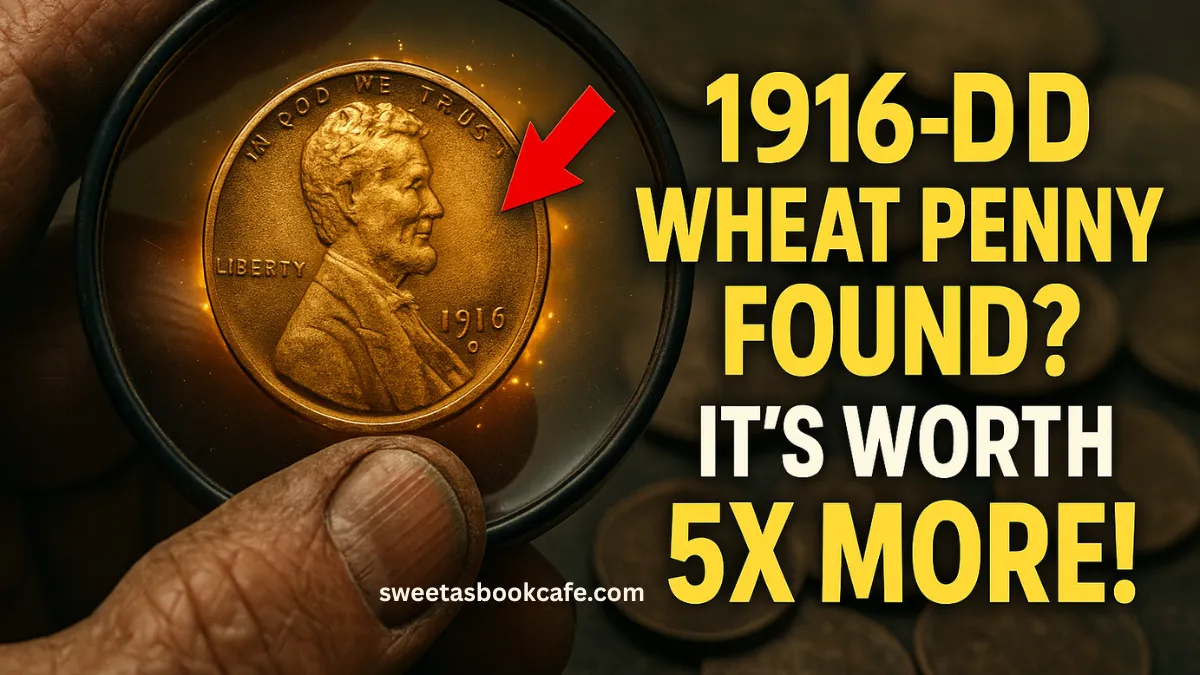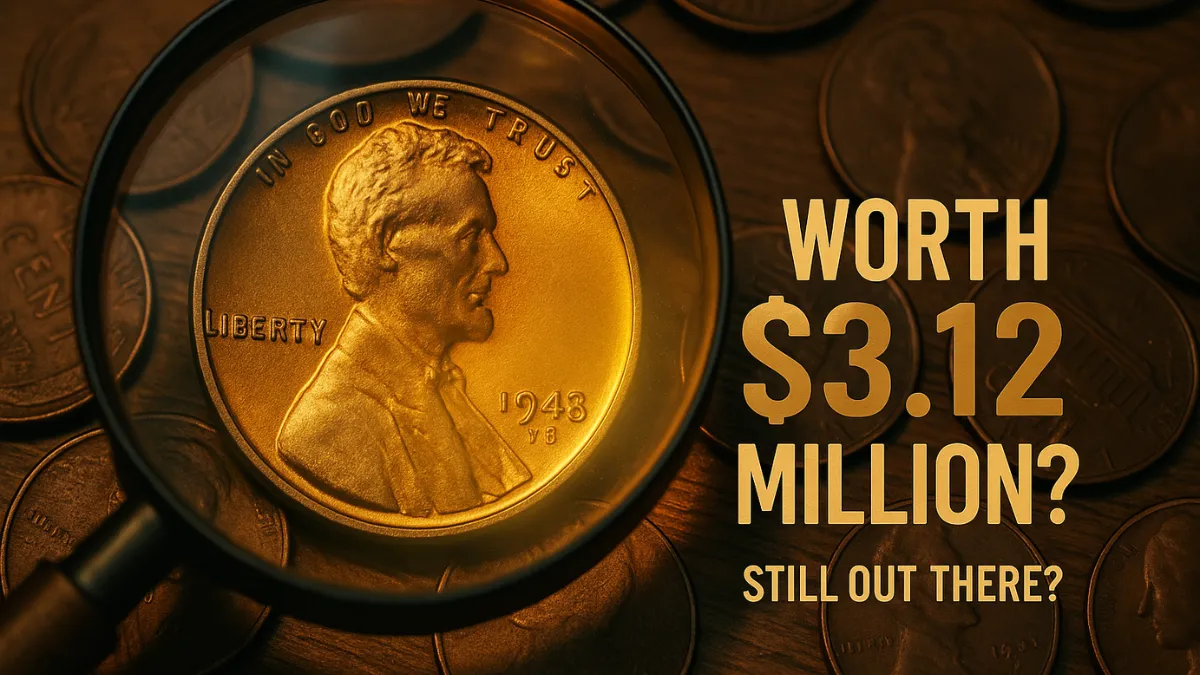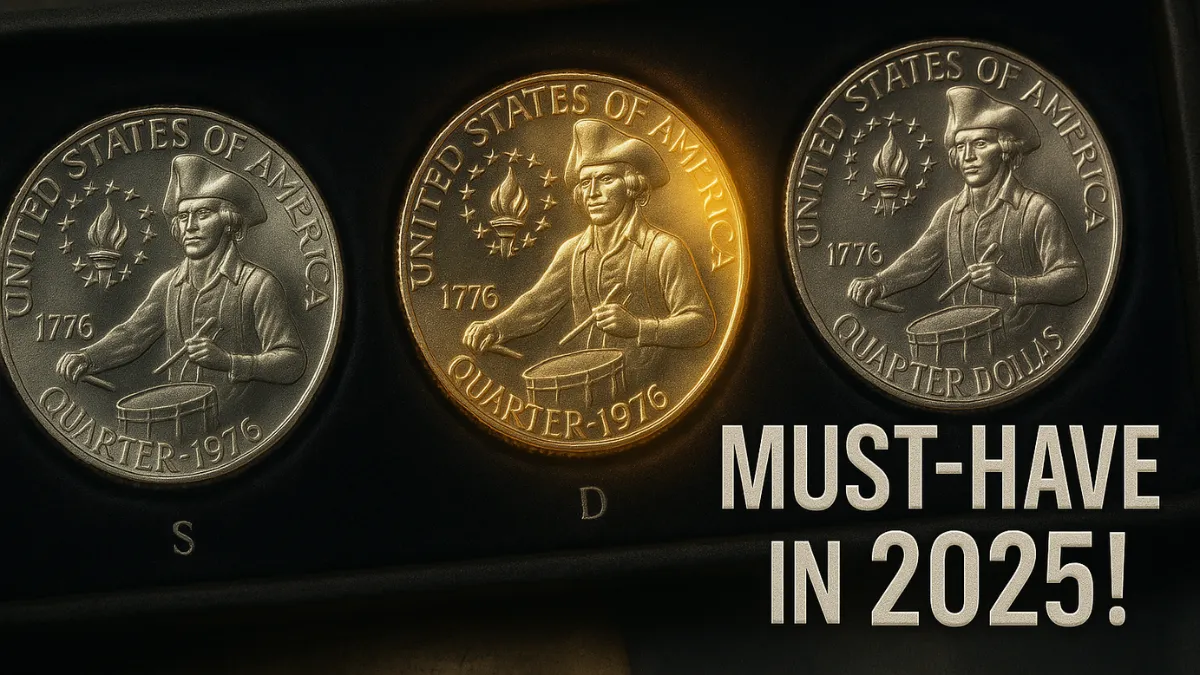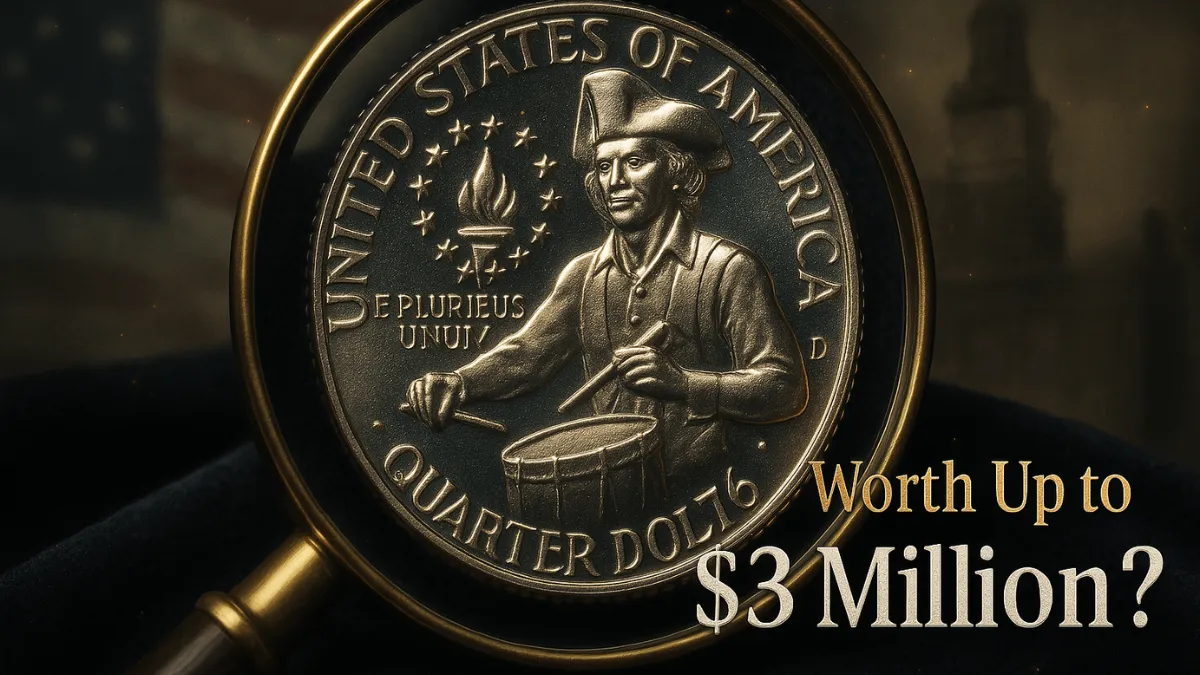The 1916 Wheat Penny: A Historic Lincoln Cent with Collector Appeal
The 1916 Wheat Penny is far more than an ordinary early Lincoln cent—it stands out as a significant coin from the World War I period. Minted over a hundred years ago, this copper coin draws the interest of collectors thanks to its historic significance, classic design, and value differences tied to its mint mark.
Unlike common early cents, the 1916 Lincoln penny carries the legacy of its era. Its enduring appeal stems from both its historical backdrop and subtle mint variations, which contribute to its diverse value on today’s collector market.
In this guide, we’ll explore what makes the 1916-D special, how it compares with the Philadelphia and San Francisco issues, and how to accurately evaluate this enduring piece of American coinage.
Key Specifications of the 1916 Wheat Back Penny
Before examining the variations in value, it’s helpful to understand the physical attributes of the 1916 Wheat Penny.
| Feature | Details |
|---|---|
| Designer | Victor David Brenner |
| Composition | 95% copper, 5% tin and zinc |
| Weight | 3.11 grams |
| Diameter | 19.05 mm |
| Edge | Plain |
| Obverse | Lincoln’s portrait |
| Reverse | Wheat ears beside inscriptions |
| Mint Marks | None (Philadelphia), D, or S |
First released in 1909 for Lincoln’s centennial, Brenner’s design gave the coin a unique appearance. This design became iconic and laid the foundation for the modern cent’s evolution.
1916 Lincoln Wheat Penny Mintage Numbers: Scarcity Begins at the Mint
Although all 1916 cents share the same design, their value is significantly influenced by their mint origin. Here’s a breakdown:
| Mint Location | Mint Mark | Mintage (Approx.) |
|---|---|---|
| Philadelphia | None | 131,833,677 |
| Denver | D | 35,956,000 |
| San Francisco | S | 22,510,000 |
Philadelphia produced more than 130 million pennies in 1916, making it the most common version—especially among circulated coins. However, mintage alone doesn’t determine worth; condition and demand also play vital roles.
Why 1916 Was a Turning Point for Pennies
The year 1916 marked an important phase in U.S. Mint operations. Denver was still building its capacity, and San Francisco faced distribution hurdles despite producing well-struck coins.
Historically, this coin was issued during a time of global and economic tension. The U.S. hadn’t entered World War I yet, but rapid industrial and economic shifts made 1916 coins like this penny fascinating for collectors interested in history-driven numismatics.
1916 Lincoln Penny Value Starts with the Mint Mark
The easiest way to assess a 1916 penny’s value is by identifying the mint mark beneath the date on the coin’s front. Here’s what each mark indicates:
- No mint mark – Philadelphia
- D – Denver
- S – San Francisco
This small detail often determines whether your coin is worth a few cents or a few hundred dollars.
How Much Is a Penny from 1916 Worth: Philadelphia vs. Denver vs. San Francisco
The market value of a 1916 penny can vary greatly depending on both its condition and origin. Here’s how values typically compare:
1916 Penny Value Today: Chart by Mint Mark and Grade
| Grade | 1916 (P) | 1916-D | 1916-S |
|---|---|---|---|
| Good (G-4) | $0.75 | $1.15 | $2 |
| Very Fine (VF-20) | $3 | $6 | $15 |
| Extremely Fine | $10 | $15 | $30 |
| Uncirculated MS60 | $20 | $100 | $115 |
| Uncirculated MS63 | $35 | $125 | $200 |
(Source: Silver Recyclers, Bullion Sharks)
As shown above, the 1916-D penny often outperforms the others in most conditions—especially in uncirculated states.
Why the 1916-D Commands a Premium
Although over 35 million Denver-minted coins were produced, the 1916-D penny remains highly valued. Here’s why:
Scarcity in Higher Grades
Most 1916-D pennies were heavily used, making high-quality examples rare. Well-preserved pieces are in high demand.
Strong Collector Interest
For collectors completing Lincoln cent sets from 1909 to 1958, the 1916-D is an essential piece—especially in better grades.
Strike Quality
Many Denver-struck coins from this year lack sharp detail. That makes sharply struck and lustrous examples all the more desirable, especially in Red or Red-Brown tones.
What About the 1916-S?
San Francisco produced the fewest 1916 cents. However:
- In mint state (MS63+), the 1916-S can be even more valuable than the 1916-D.
- In lower grades, the 1916-D typically remains more sought after.
San Francisco’s coins often have better strike quality and survive in better shape, helping explain their market position despite the lower mintage.
Grading Guide: How Condition Impacts What Is a 1916 Penny Worth
To accurately assess value, consider the coin’s grade:
- Good (G-4): Heavy wear; date readable, little detail.
- Very Fine (VF-20): Moderate wear; most key features intact.
- Extremely Fine (EF-40): Light wear; fine lines visible.
- Uncirculated (MS60+): No wear; original luster present.
For maximum value, consider having your coin graded by services like PCGS or NGC.
Color Designation Matters: Red, Red-Brown, and Brown
In mint state coins, color significantly affects value:
- Red (RD): Bright, original copper tone; most valuable.
- Red-Brown (RB): Partial toning with red hues remaining.
- Brown (BN): Fully toned; generally lowest in value.
For example, a 1916-D MS63 Red may sell for triple the price of a similar Brown coin.
Rare 1916 Penny Error Types & Varieties to Look For
Although not widely known for errors, some 1916 pennies do feature valuable mistakes:
- RPM (Repunched Mint Mark) – A second impression of the mint mark.
- Die Cracks / Cuds – Raised flaws from damaged dies.
- Off-Center Strikes – Misaligned minting causes design distortion.
These error coins often command higher prices among specialists.
How to Identify Your 1916 Wheat Penny
If you own a 1916 penny, proper identification is key:
Step 1: Check the Mint Mark
Look below the date on the obverse for the letter or absence of one.
Step 2: Assess Condition
Check for signs of wear and use grading references. Uncirculated coins with original luster (especially Red ones) should be professionally evaluated.
Should You Buy, Sell, or Hold a 1916 Wheat Penny?
Your strategy should depend on goals, market trends, and condition.
Buy
Collectors seeking long-term value may consider acquiring high-grade 1916-D or 1916-S coins, especially Red or Red-Brown types.
Sell
If you hold an error coin or high-grade 1916-D, now might be a good time to sell. Certified coins can yield better results at auctions.
Hold
Mid-grade coins from Denver or San Francisco might appreciate over time, especially as interest in early Lincoln cents grows.
Bonus: Don’t Overlook Provenance and Market Timing
Coins with a known history or auction record may command more value. Market timing also matters—selling during coin conventions or collector booms can enhance profits.
Tools like a Coin ID Scanner can help confirm details, evaluate value, and detect replicas. Whether it’s an authentic copper 1916-D or a copy, knowing the difference can mean everything.
The 1916 Wheat Penny might look like just another old coin, but it’s packed with historic value, collector demand, and investment potential. Whether you’re a newcomer or a seasoned collector, this coin could be the gem in your collection.





